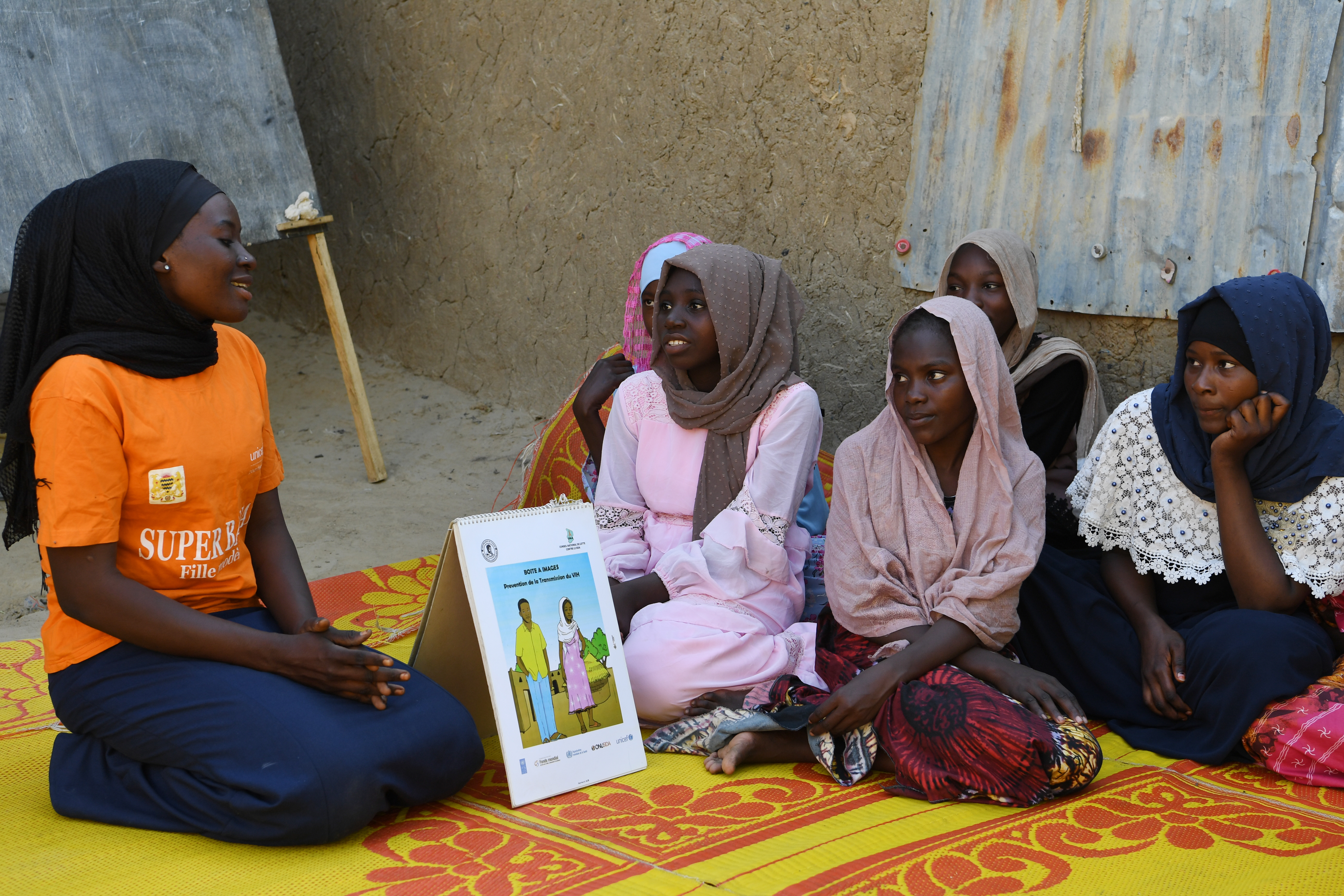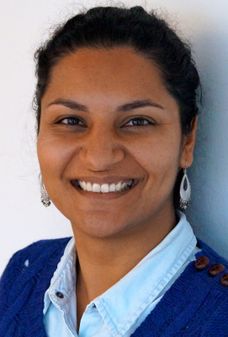How can we improve learning outcomes for adolescents in fragile contexts?
Globally, nearly 200 million lower- and upper-secondary age adolescent girls and boys are out of school, with many never having started or completed basic education. Prior to the COVID-19 pandemic, it was anticipated that 825 million children and adolescents in low- and middle-income countries would not acquire basic secondary-level skills by 2030, and the pandemic has aggravated this issue. Education challenges are exacerbated in times of fragility, conflict, emergencies, and displacement. The number of forcefully displaced individuals – estimated at 80 million – is at an all-time high since the end of the Second World War. When compared to their counterparts around the world, adolescents in conflict-affected nations are half as likely to complete secondary school and adolescent girls alone are nearly 90% more likely to be out of secondary school. For adolescents living with disabilities the disparity is even more pronounced.

According to UNESCO, the global poverty rate would be more than halved if all adults completed secondary school. There is also strong evidence that completing secondary education is associated with greater economic, social and political benefits. Each additional year of secondary education a girl completes is associated with a lower risk of early marriage and early pregnancy, and there is a correlation between better educated women and lower fertility and child mortality rates. Equitable access to quality secondary education helps mitigate the drivers of conflict in fragile and conflict-affected situations by fostering shared values, reducing grievances amongst young people, and showing a government's commitment to the economic and social wellbeing of the population.
A recent rapid evidence review commissioned by the Secondary Education Working Group (SEWG) synthesized evidence on improving learning outcomes for adolescents in contexts of fragility and crisis – with a focus on adolescent girls/young women and adolescents with disabilities (AwDs).
In cases of education disruption, multiple and flexibility pathways (MFP) approaches have shown promising results. Preliminary findings show that accelerated education programmes are effective in improving foundational learning outcomes, and that best practices often incorporate flexible delivery; active, relevant, and organized pedagogies; condensed curriculum focused on foundational competencies, competency-based grouping, and differentiated instruction. For example, following years of civil war, the government of South Sudan devised an alternative education system for over 165,000 adolescents (ages 12-18), which compressed eight years of basic education into four years and allowed them to return to regular secondary school.

and Samila - pose for a picture at the UNICEF Social Hub in Kutupalong West, Cox’s Bazar. Photo taken by Bashir Ahmed Sujan.
In terms of supporting learning outcomes for adolescent girls, there are areas of emerging consensus, while other areas require more research. There is compelling evidence for programmes addressing economic constraints, such as the elimination of secondary school fees in the Gambia, the Conditional Cash Transfer for Education Programme (CCTE) for Syrian refugee students, and the Scholarship programme in the Democratic Republic of the Congo. Furthermore, alleviating physical barriers to school (e.g., school construction and transportation options) are considered robust and make up the majority of the evidence base. Safe spaces, life-skills training, improved sanitation and menstrual health management, and other accommodations for pregnant girls are promising areas where more evidence is needed. However, they are crucial for child safety, emotional well-being, and the development of transferable skills.
Although there is increasing support for disability-inclusive responses for adolescents, there are few peer-reviewed studies that focus exclusively on adolescents with disabilities. However, a growing number of best practices are emerging, including the use of Universal Design for Learning (UDL) concepts in educational programming. An example is the Inclusive Remote Learning Programme in Rwanda implemented during COVID-19, which prioritized support to students with disabilities and learning difficulties, as well as those without technology access.
While the evidence base is growing, there are a number of areas where policy attention and research are needed. There are opportunities to improve data collection and scale up evidence-based programming, particularly at upper secondary levels. Education planners need to improve the capacity of systems to accommodate the needs of the most marginalized learners during crises and emergencies. There is a need for stronger commitment to systematic data collection and measurement across the sector, alongside increased disaggregation. Policy makers and programme designers should draw on and engage with the existing evidence base to shape policies and programmes. Education planners and implementers should also consider how education policies interact with other social sectors in terms of enhancing adolescent support. Finally, adolescents and young people in all their diversity, their families, and their communities should be supported to meaningfully engage in all stages of programming from needs assessment and design to implementation.
Author Bio's
 Alessio Baldaccini, Associate Education Officer, UNHCR
Alessio Baldaccini, Associate Education Officer, UNHCR
 Giti Carli Mohn, Education Officer, UNICEF HQ
Giti Carli Mohn, Education Officer, UNICEF HQ
 Rachael Lumley, EiE Specialist, Plan International
Rachael Lumley, EiE Specialist, Plan International
The views expressed in this blog are the author's own.



